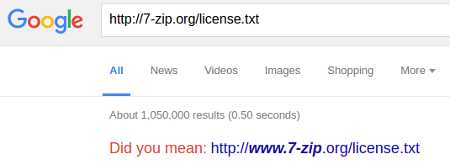DegDB (Open Source Distributed Graph Database) (GitHub)
The Design Doc/Ramble reads in part:
Problems With Existing Graph Databases
- Owned by private companies with no incentive to share.
- Public databases are used by few people with no incentive to contribute.
- Large databases can’t fit on one machine and are expensive to traverse.
- Existing distributed graph databases require all nodes to be trusted.
Incentivizing Hosting of Data
Every request will have either a debit (with attached bitcoin) or credit (with bitcoin promised on delivery) payment system. The server nodes will attempt to estimate how much it will cost to serve the data and if there isn’t enough bitcoin attached, will drop the request. This makes large nodes want to serve as much popular data as possible, because it allows for faster responses as well as not having to pay other nodes for their data. At the same time, little used data will cost more to access due to requiring more hops to find the data and “cold storage” servers can inflate the prices thus making it profitable for them.
Incentivizing Creation of Data
Data Creation on Demand
A system for requesting certain data to be curated can be employed. The requestor would place a bid for a certain piece of data to be curated, and after n-sources add the data to the graph and verify its correctness the money would be split between them.
This system could be ripe for abuse by having bots automatically fulfilling every request with random data.
Creators Paid on Usage
This method involves the consumers of the data keeping track of their data sources and upon usage paying them. This is a trust based model and may end up not paying creators anything.
…
The one “wow” factor of this project is the forethought to put the discussion of “who pays for this data?” up front and center.
We have all seen the failing model that starts with:
For only $35.00 (U.S.) you can view this article for 24 hours.
That makes you feel like you are almost robbing the publisher at that price. (NOT!)
Right. I’m tracking down a citation to make sure a quote or data is correct and I am going to pay $35.00 (U.S.) to have access for 24 hours. Considering that the publishers with those pricing models have already made back their costs of production and publication plus a profit from institutional subscribers (challenge them for the evidence if they deny), a very low micro-payment would be more suitable. Say $00.01 per paragraph or something on that order. Payable out of a deposit with the publisher.
I would amend the Creators Paid on Usage section to have created content unlocked only upon payment (set by the creator). Over time, creators would develop reputations for the value of their data and if you choose to buy from a private seller with no online history, that’s just your bad.
Imagine that for the Paris incident (hypothetical, none of the following is true), I had the school records for half of the people carrying out that attack. Not only do I have the originals but I also have them translated into English, assuming some or all of them are in some other language. I could cast that data (I’m not fond of the poverty of triples) into a graph format and make it know as part of a distributed graph system.
Some of the data, such as the identities of the people for who I had records, would appear in the graphs of others as “new” data. Up to the readers of the graph to decide if the data and the conditions for seeing it are acceptable to them.
Data could even carry a public price tag. That is if you want to pay a large enough sum, then the data in question will be opened up for everyone to have access to it.
I don’t know of any micropayment systems that are eating at the foundations of traditional publishers now but there will be many attempts before one eviscerates them one and all.
The choices we face now of “free” (read unpaid for research, writing and publication, which excludes many) versus the “pay-per-view” model that supports early 20th century models of sloth, cronyism and gate-keeping, aren’t the only ones. We need to actively seek out better and more nuanced choices.


